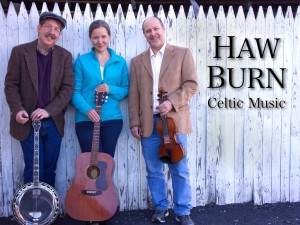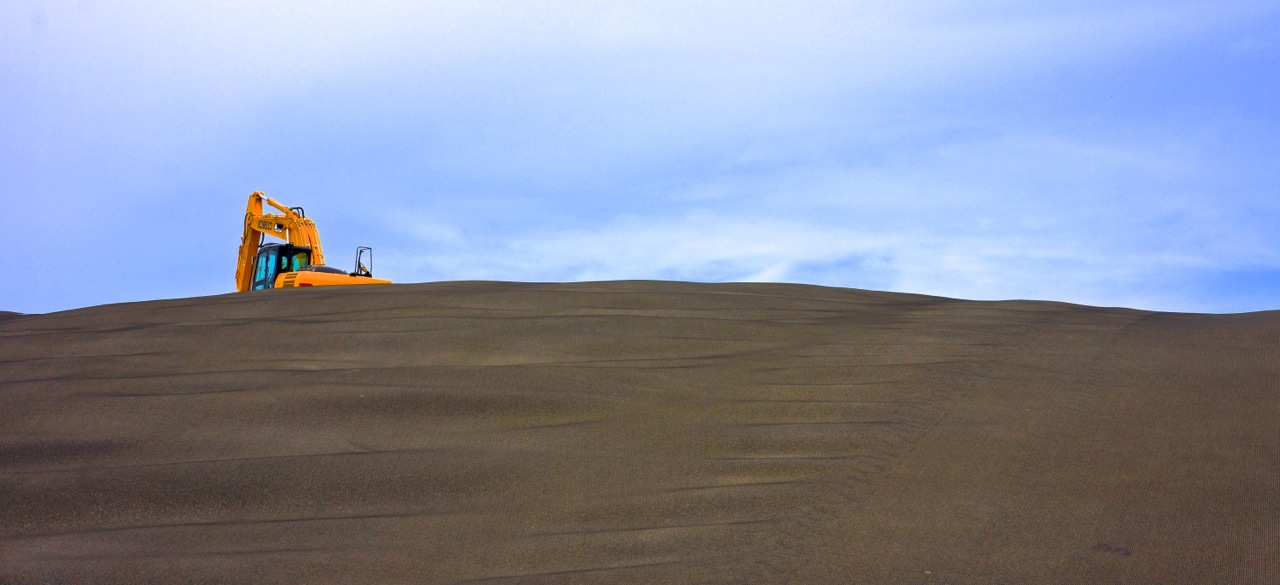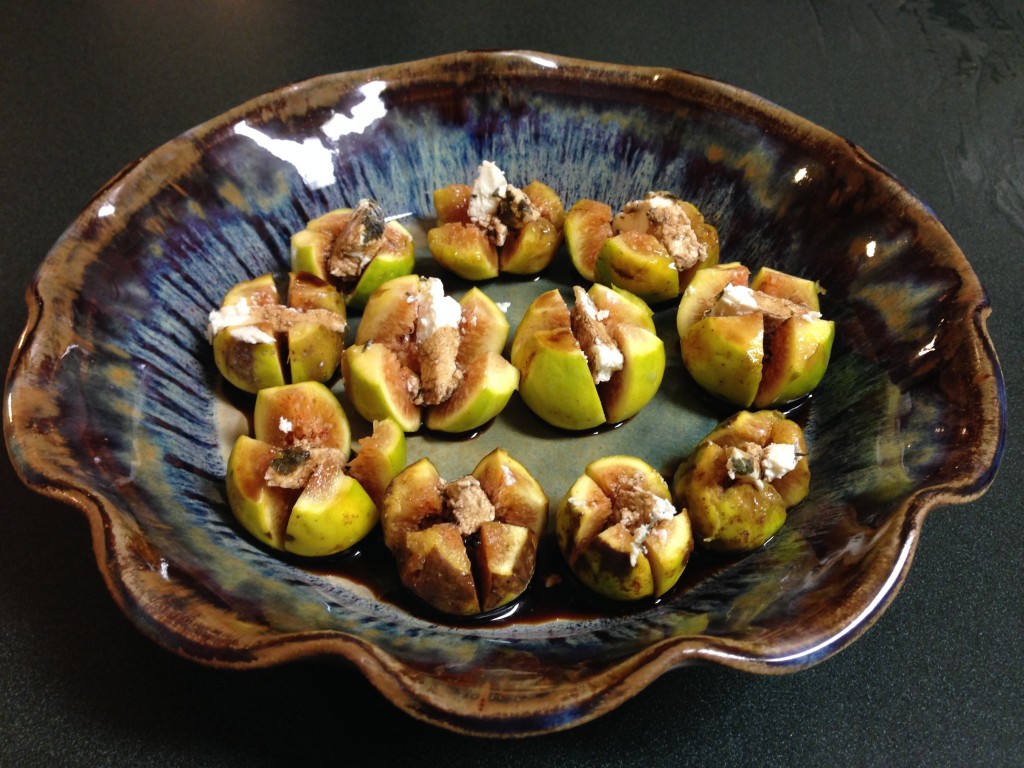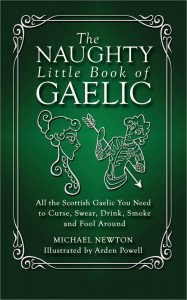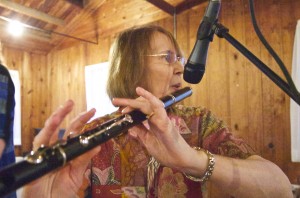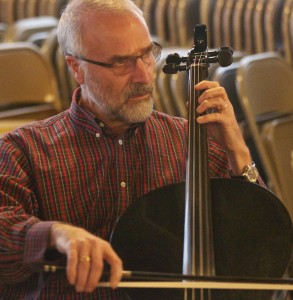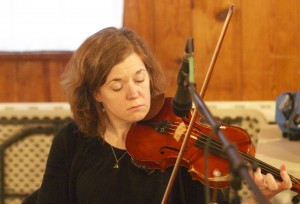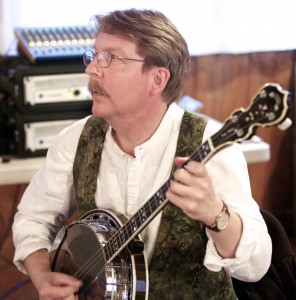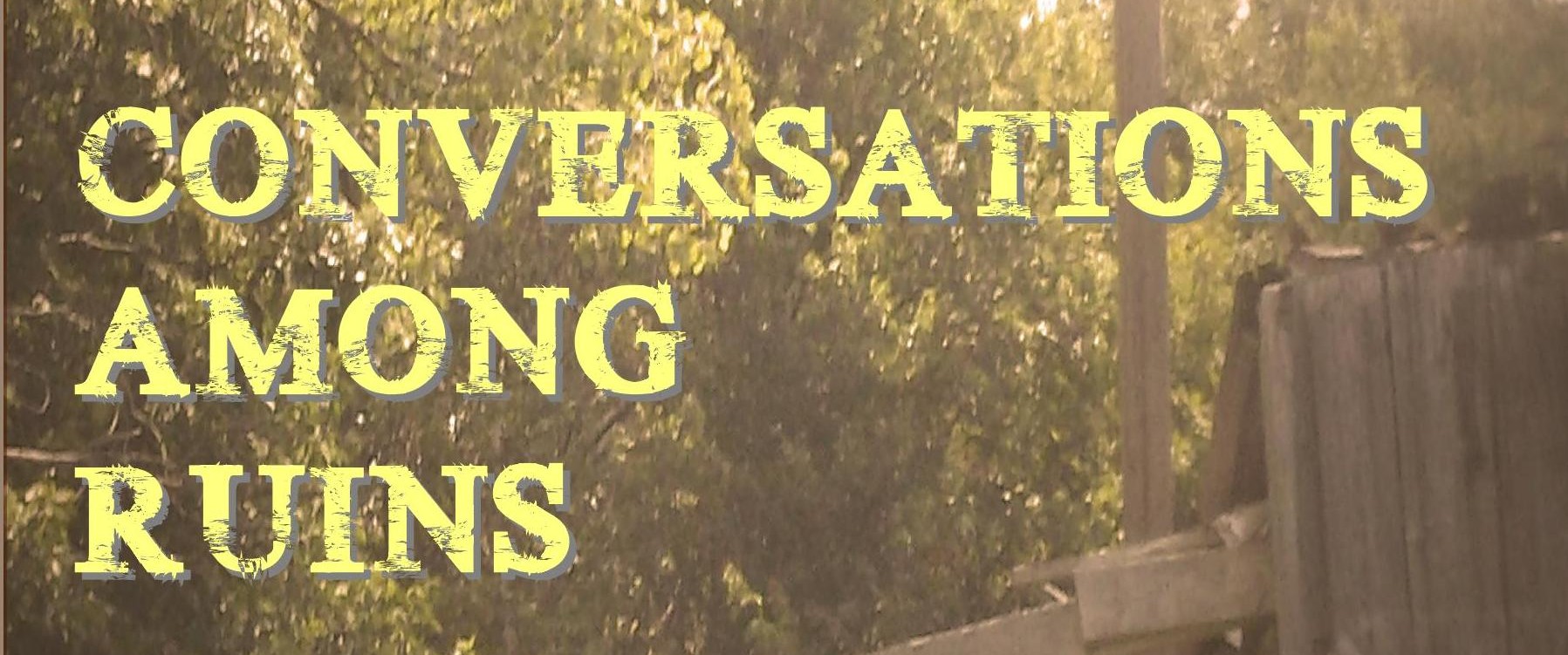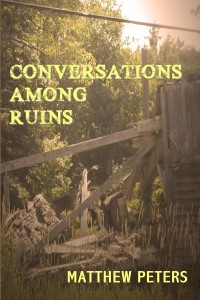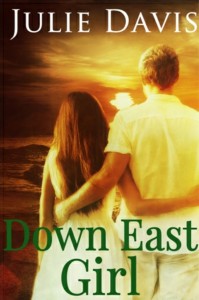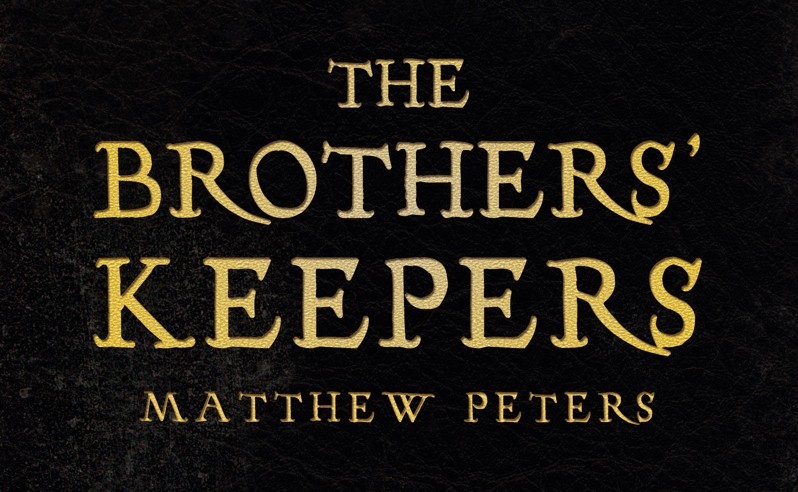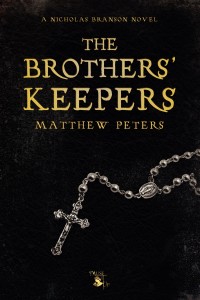One of the best things I did this summer was visit my local landfill. But this was not a normal landfill; it was a landfill in transition. A time capsule. A tomb.
The Orange County landfill in Chapel Hill is now closed. It’s full. Its history is a controversial one involving environmental justice, politics, money, and garbage. Lots of garbage. But this visit was not about that. This was a funeral. A chance to pay our last respects to the landfill before it was sealed in its grave.
You see, most landfills aren’t sealed. They are just piles of garbage that get covered with dirt. But the good folks at Orange County Solid Waste Management have tried to do this right. Muriel Williman is an outreach coordinator for the department. She met us early one morning to talk about all of the layers engineered into the system.
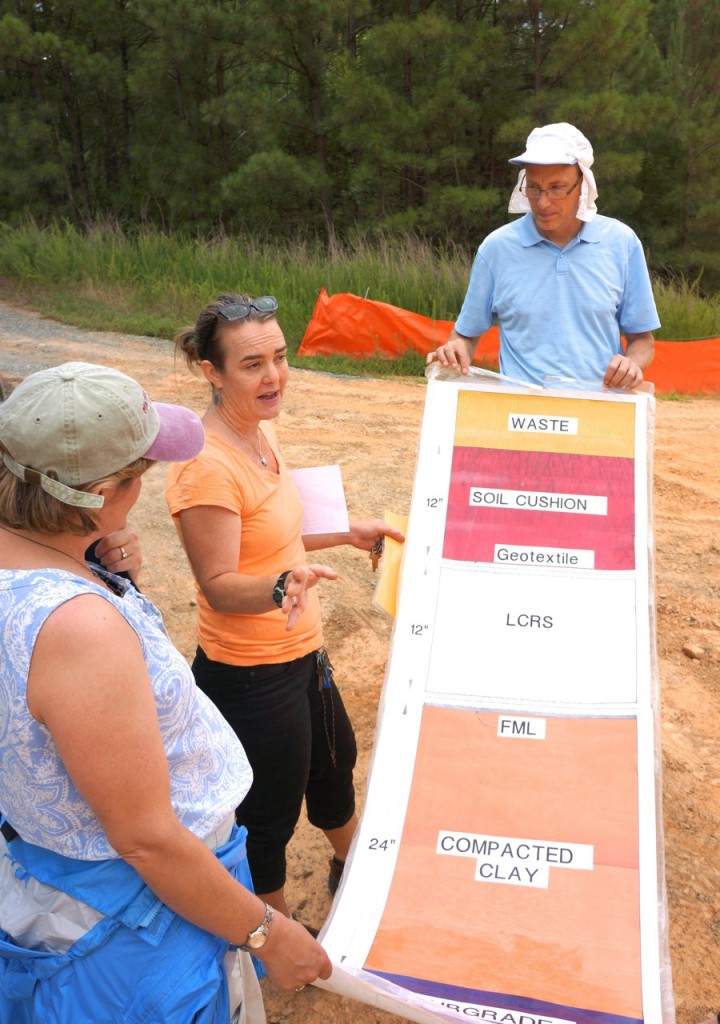 Here’s a piece of the plastic liner that goes underground. It’s moderately rigid but can be rolled up in large sheets. Think one of those red, plastic, rollup toboggans you had as a kid. That’s what’s underneath the landfill. Back before it was a landfill.
Here’s a piece of the plastic liner that goes underground. It’s moderately rigid but can be rolled up in large sheets. Think one of those red, plastic, rollup toboggans you had as a kid. That’s what’s underneath the landfill. Back before it was a landfill.
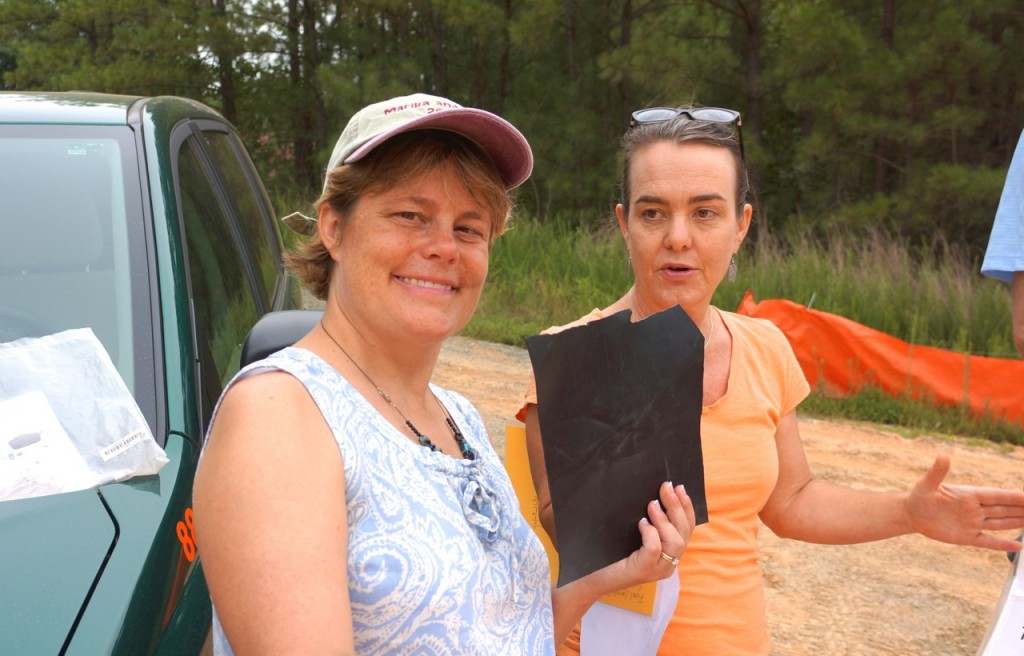 Now, start piling garbage on top and compacting it. For years. And when the mountain of garbage gets just too high, start covering it.
Now, start piling garbage on top and compacting it. For years. And when the mountain of garbage gets just too high, start covering it.
 Another liner and several layers of fabric on top help to keep water out. Then it gets covered with dirt. The goal is to create a giant rubbish-packet. It’s sort of like an enormous ravioli.
Another liner and several layers of fabric on top help to keep water out. Then it gets covered with dirt. The goal is to create a giant rubbish-packet. It’s sort of like an enormous ravioli.
 Here you can see the layers of fabric being applied. The foam mesh keeps things springy and prevents the rubbish-packet from being punctured.
Here you can see the layers of fabric being applied. The foam mesh keeps things springy and prevents the rubbish-packet from being punctured.
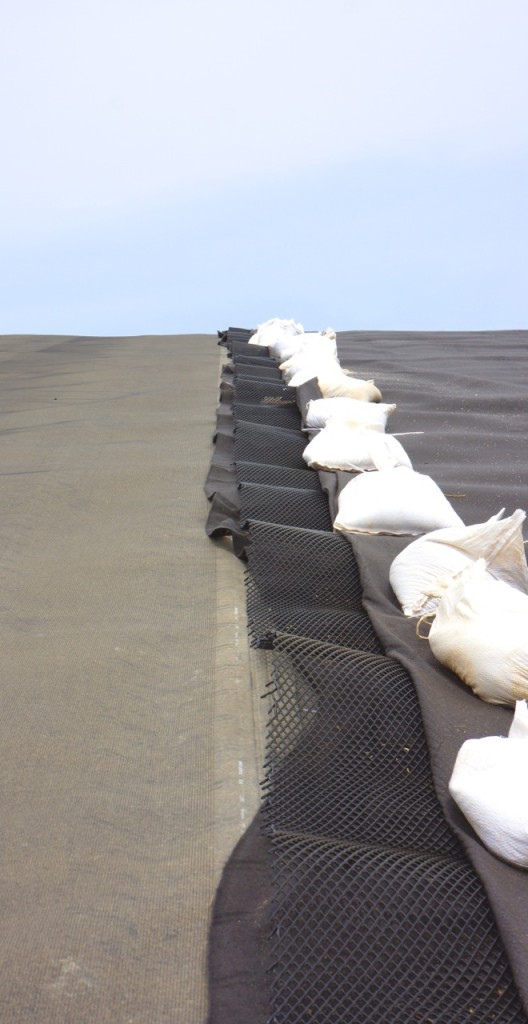 You know how your garbage can smells? Well multiply that by the county population over the life of the landfill and you can imagine some of the gases this heap puts out. Luckily, the engineers put pipes deep down into the rubbish pile to provide a way for those gases to escape. And then to capture them. Here’s Muriel at one of the gas valves on top of the pile.
You know how your garbage can smells? Well multiply that by the county population over the life of the landfill and you can imagine some of the gases this heap puts out. Luckily, the engineers put pipes deep down into the rubbish pile to provide a way for those gases to escape. And then to capture them. Here’s Muriel at one of the gas valves on top of the pile.
 The gas (mostly methane) is collected and piped away for burning to make electricity.
The gas (mostly methane) is collected and piped away for burning to make electricity.
 Here’s a view from the top of the heap. It’s the third highest site in the county.
Here’s a view from the top of the heap. It’s the third highest site in the county.
 It’s interesting to think about that rubbish heap. That packet of garbage. That ravioli of our lives. Inside is a record of what we did on this little part of our planet. What we ate. What we read. Toys the children outgrew. Job offers. Divorce papers. I’m sure you could read the rings by just finding the layers of Christmas paper inside.
It’s interesting to think about that rubbish heap. That packet of garbage. That ravioli of our lives. Inside is a record of what we did on this little part of our planet. What we ate. What we read. Toys the children outgrew. Job offers. Divorce papers. I’m sure you could read the rings by just finding the layers of Christmas paper inside.
I don’t know if we’ll ever open it. Will some archaeologist of the future raise his lamp to an opening and exclaim, as Howard Carter did at Tutankhamun’s tomb when Lord Carnarvon asked if he could see anything inside: “Yes, wonderful things!”
It turns out we don’t have as good a plan for the future as the Egyptians did. This packet is only good for a few decades. There really is no long term plan for our garbage after the gold rush.
Summer is over now and I went back to visit my old friend the landfill. This is what it looks like now.
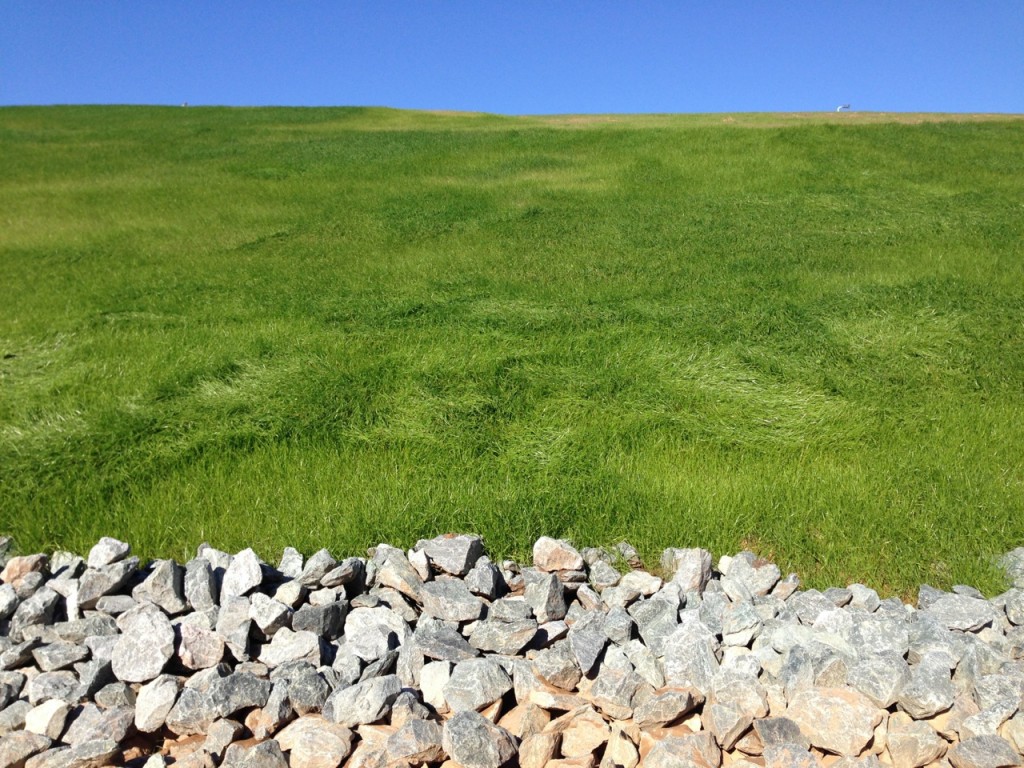 Seems fitting. It was a pleasant day and he was silent in his crypt. Slowly the grass is growing and the dirt settles, as is common among graves.
Seems fitting. It was a pleasant day and he was silent in his crypt. Slowly the grass is growing and the dirt settles, as is common among graves.
It is a solemn place to consider our past. Our future.



 David Manning
David Manning Alice Osborn
Alice Osborn Tyler Johnson
Tyler Johnson